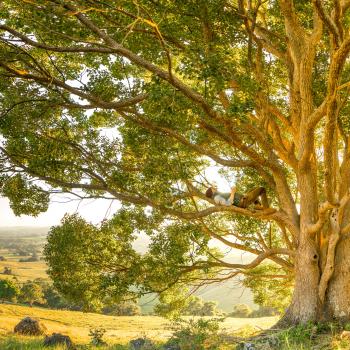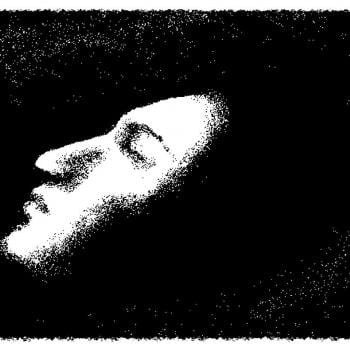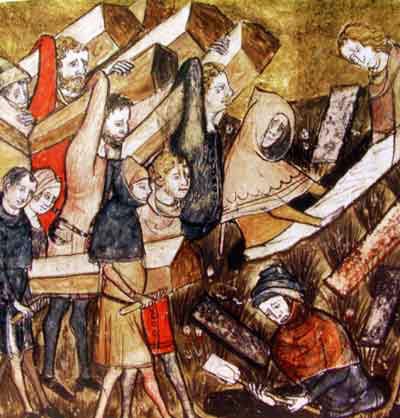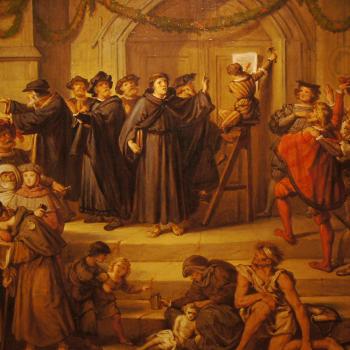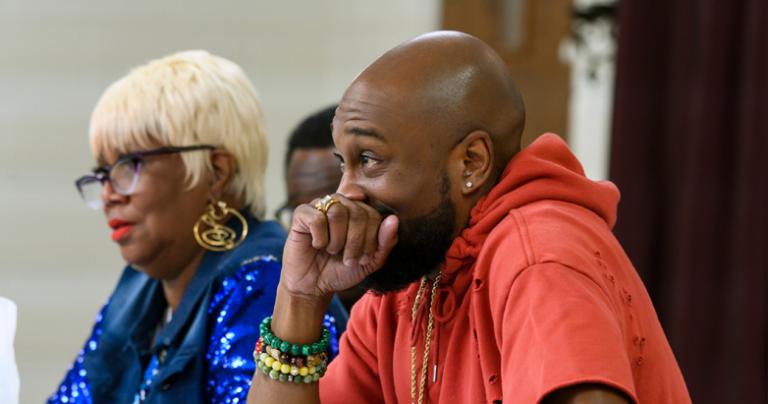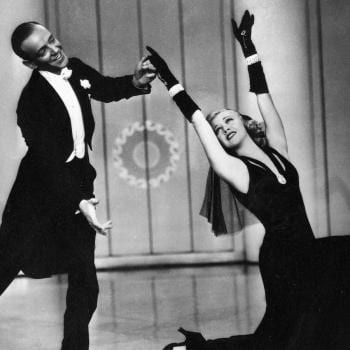- Trending:
- Pope Leo Xiv
- |
- Israel
- |
- Trump
- |
- Social Justice
- |
- Peace
- |
- Love
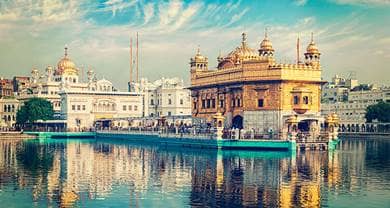
RELIGION LIBRARY
Sikhism
Leadership
Written by: Rahuldeep Singh Gill
In the Sikh tradition, all community members are responsible for their own liberation, as well as helping others along the path. Any learned and respected member of the community can read from the holy scripture, offer his or her interpretations, and lead a congregation in prayers, rites, and ceremonies (like marriage). Those individuals whose professions are associated with the holy scripture (custodians of the Gurdwara, musicians, scholars, interpreters, and preachers) are afforded respect. However, it is not necessary for a Sikh congregation to pay full-time professionals to administer to these tasks; lay volunteers can fulfill all of a community's needs.
During early Sikh history, ultimate political, administrative, and spiritual leadership was vested in the living Gurus. Guru Nanak (1469-1539) was at the head of the first community, and established the center at Kartarpur. The early disciples were taught out of his own house, which formed the center of the community. For the remainder of the 16th century and the whole of the 17th century, Sikh leaders, called masands, of disparate communities were responsible for advising newcomers to the faith and for administrative duties like collecting tithe for the Sikh center.
In the 1690s, Guru Gobind Singh (1666-1708) dissolved the office of the masands with the creation of the Khalsa ("sovereign community"), which elevated the entire community to the status of sovereign. Following his life, Sikh spiritual and administrative power was vested in the community-at-large and the divine message enshrined in Sikh scripture. One way that this manifested in the 18th century was through the process of Sarbat Khalsa, a meeting of Sikhs at the center in Amritsar to create consensus on major decisions facing the community. Leaders of misls (warring bands of Sikhs) and tribal chieftains were among the represented at such an event. One of the core leaders overseeing such decisions was Bhai Mani Singh, himself a warrior and scholar of the tradition, and a Sikh who had been appointed by Guru Gobind Singh to bring the Darbar Sahib under the control of the Khalsa at-large.
In modern times, an organization called the Shiromani Gurdwara Prabandhak Committee (SGPC) oversees Sikh holy sites. This committee was created via the Gurdwara Act of 1925, under British rule, and has continued to make decisions for the global Sikh community. The committee headquarters are in the precincts of the Darbar Sahib itself, and although its chief charge is to oversee management of Gurdwaras, this committee filled the void of central Sikh leadership by trying to effect global decrees for Sikh life. Although, in theory, the entire community shares in rule-making and -following responsibilities, the governing body of Sikh Gurdwaras in India plays an important role in managing Sikh affairs and norms of Sikh life. In 1950 the SGPC published a codified set of guidelines for Sikh life called the Sikh Rahit Maryada. This code of conduct spells out beliefs and normative practices for all Sikhs around the world.
The SGPC directly runs the historical Gurdwaras in the Punjab. Elections for committees to run non-SGPC-affiliated Gurdwaras that are created for the worship of local congregations have typically been based on popular votes amongst the congregation's membership. Ideally, such elected or appointed positions are seen as an opportunity to serve the community through leadership. The very word Sikh refers to a "learner" of the divine message, and so there is a moral imperative for all leaders to be checked in their humility and service to the community. Congregations worldwide face challenges in finding ways to exercise this principle.
The question of what authority this governing body has over Sikhs outside of Punjab is becoming more important. Sikh life abroad is very different from that in the homeland, requiring much more effort and awareness as diaspora Sikhs interact with non-Sikh neighbors as minority populations. These Sikhs try to educate their youth in organizations like summer camps, in the Gurdwaras, teaching them about traditions. It is likely that Sikh reforms and changes outside of Punjab will be driven by the education taking place in these institutions.
In the United States, Sikhs have developed a network of non-governmental organizations that carry out Guru Nanak's mission of working for truth and justice, while advocating for the community's causes. The Sikh Foundation (founded 1967) and professional associations like the Association of Sikh Professionals (1984) have provided philanthropic expression and support for Sikh activities and education. More recently, groups like SALDEF and Sikh Coalition advocate for Sikhs' rights in the United States. Sikhs for Justice is a New York-based group that calls attention to global issues facing the community. United Sikhs is a United Nations affiliated group that enacts Guru Nanak's vision for helping others with one's own hands. As indicated by their robust health and growth, Sikh summer camps like Camp Khanda in Syracuse, New York buttress the aims of local Gurdwaras and congregations to ensure the transmission of Sikh heritage in an American context.
Study Questions:
1. Who leads Sikh congregations in worship and ceremonies?
2. Who was the head of the first Sikh community?
3. Why did Guru Gobind Singh dissolve the masand office?
4. Who overseas Sikh holy sites today?


